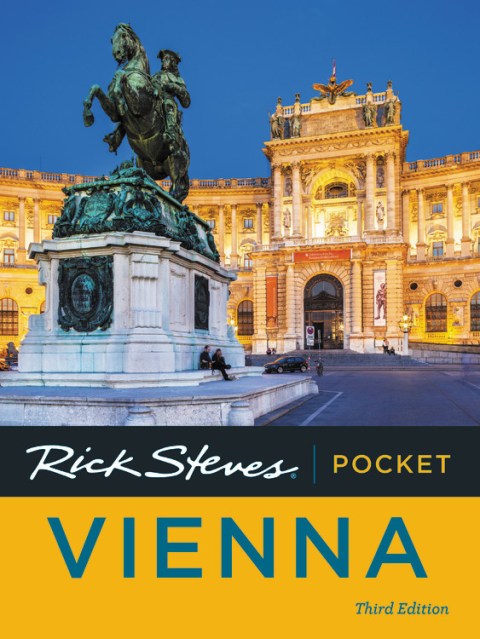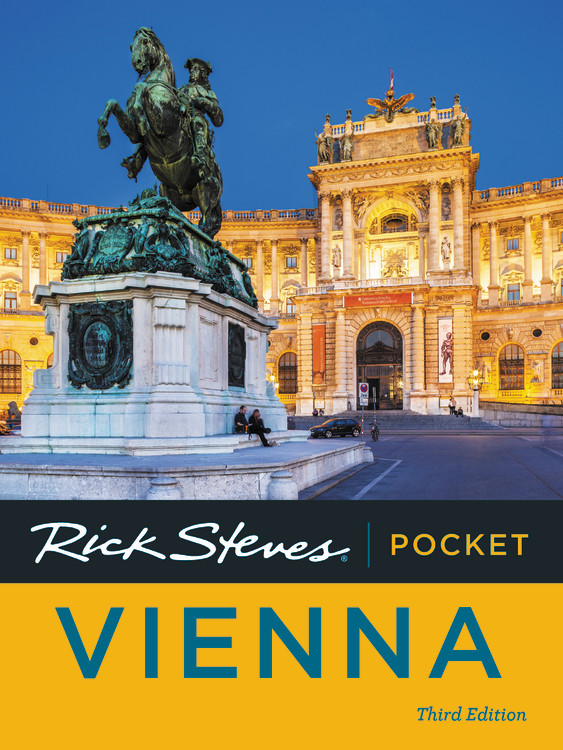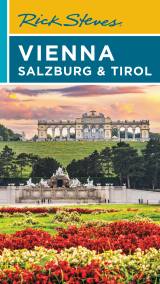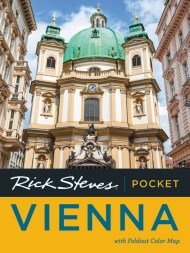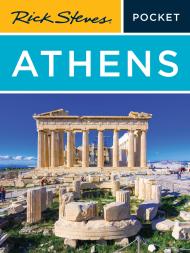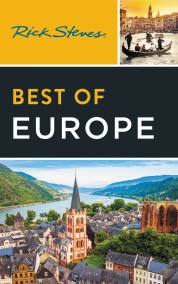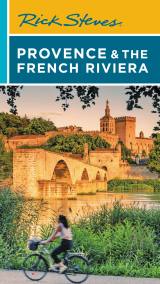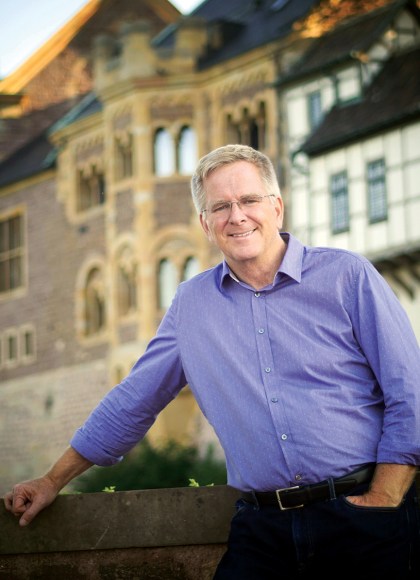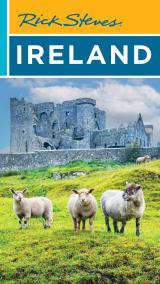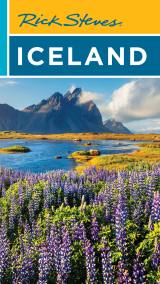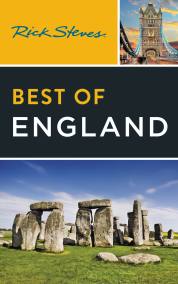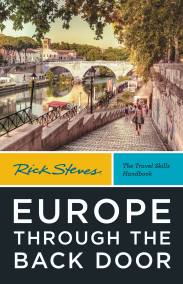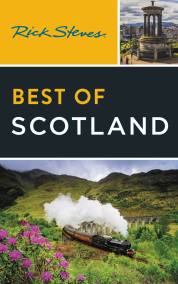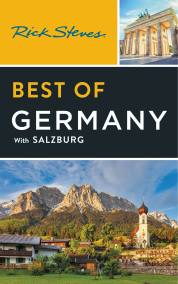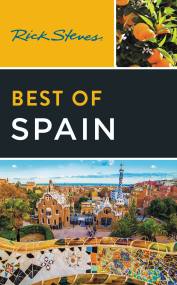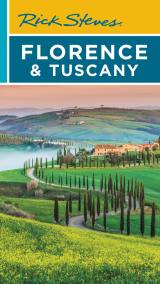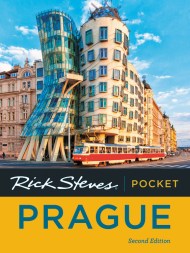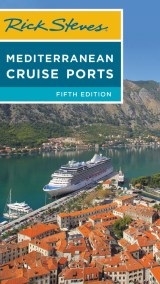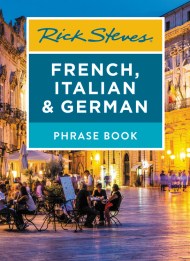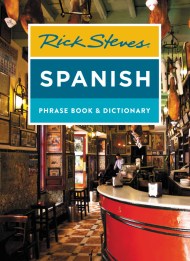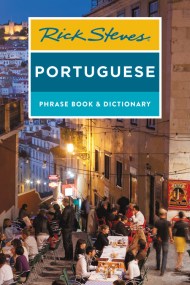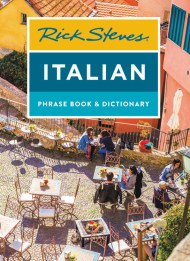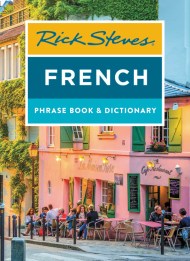Promotion
Use code MOM24 for 20% off site wide + free shipping over $45
Rick Steves Pocket Vienna
Contributors
By Rick Steves
Formats and Prices
Price
$13.99Price
$18.99 CADFormat
Format:
- Trade Paperback $13.99 $18.99 CAD
- ebook $9.99 $12.99 CAD
This item is a preorder. Your payment method will be charged immediately, and the product is expected to ship on or around February 25, 2020. This date is subject to change due to shipping delays beyond our control.
Also available from:
Make the most of every day and every dollar with Rick Steves! This colorful, compact guidebook is perfect for spending a week or less in Vienna:
- City walks and tours: Seven detailed self-guided walks including a central Vienna walk, tours of St. Stephen’s Cathedral and Schönbrunn Palace, and more
- Rick’s strategic advice on what’s worth your time and money
- What to eat and where to stay: Indulge in pork schnitzel and local riesling, relax with locals at a Viennese coffeehouse, and soak up the Baroque charm of an Old Town B&B
- Day-by-day itineraries to help you prioritize your time
- A detailed, detachable fold-out map, plus museum and city maps throughout
- Full-color, portable, and slim for exploring on-the-go
- Trip-planning practicalities like when to go, how to get around, basic German phrases, and more
Lightweight, yet packed with info on Vienna’s history and culture, Rick Steves Pocket Vienna truly is a tour guide in your pocket.
Extending your trip? Try Rick Steves Vienna, Salzburg & Tirol.
Genre:
- On Sale
- Feb 25, 2020
- Page Count
- 220 pages
- Publisher
- Rick Steves
- ISBN-13
- 9781641712064
Newsletter Signup
By clicking ‘Sign Up,’ I acknowledge that I have read and agree to Hachette Book Group’s Privacy Policy and Terms of Use
